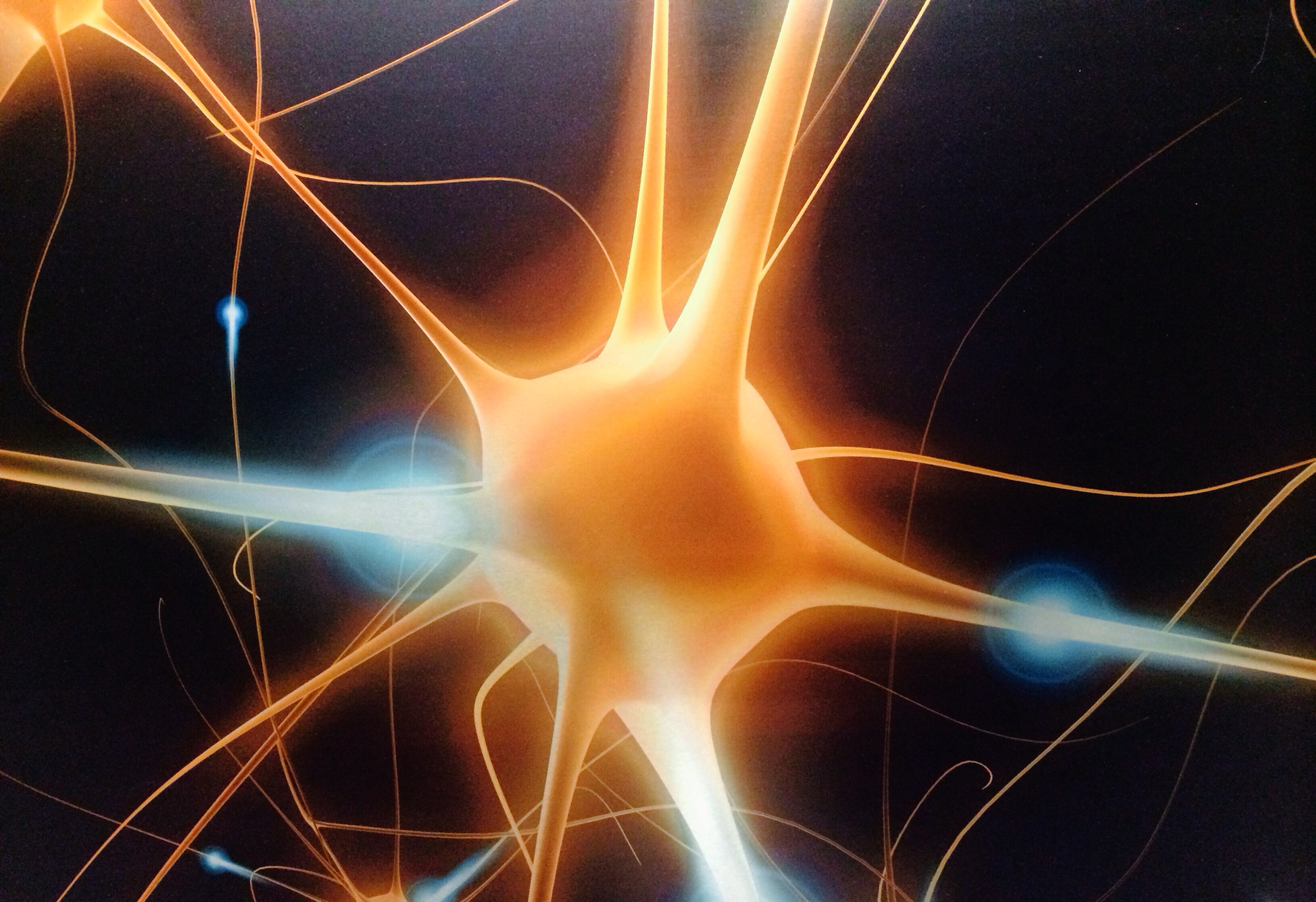The sheer complexity of neurons in the nervous system keeps them from fully recovering from injuries. As a result, patients who seriously damage their nervous system may suffer permanent consequences and require lifelong assistance. For example, injury to the brachial plexus nerve network can paralyze muscles in the upper torso, and compression of the lateral femoral cutaneous nerve can cause increased sensitivity of the outer thigh. However, a new study conducted by a team of researchers from the University of Minnesota, Virginia Tech, University of Maryland, Princeton University, and Johns Hopkins University may provide a big step towards developing an effective treatment for neuron damage. The team investigated the use of 3D printing and 3D scanning in creating silicone scaffolds that help guide neurons as they grow during neural regeneration. 3D printing allowed them to create more complex and customizable scaffolds than those previously attempted in other studies.
To test their idea, the team surgically removed a section of the sciatica nerve in rats, a mixed nerve that combines both sensory and motor neurons, and assembled scans of the segment to generate a 3D model. The model was then used to 3D print a segment using silicone, which is safe for use in the human body. They incorporated physical microgrooves in the structure to help guide nerve growth and biochemical cues to help direct sensory and motor neurons along different paths. The scaffold was then surgically implanted into the rat by connecting each end of the scaffold to rest of the sciatica nerve. Within 10 to 12 weeks, the rats regained much of their original mobility. While the scanning and printing processes took around an hour to complete, nerve regrowth took several weeks.
Image Source: Garry DeLong
According to Michael McAlpine, the lead researcher from the University of Minnesota, “This represents an important proof of concept of the 3D printing of custom nerve guides for the regeneration of complex nerve injuries. Someday we hope that we could have a 3D scanner and printer right at the hospital to create custom nerve guides right on site to restore nerve function.” In the future, patients with nerve damage could potentially be treated using a selection of scaffolds that are similar to their damaged nerves.
The research paper can be found here.
Feature Image Source: Neurons… by Bryan Jones










